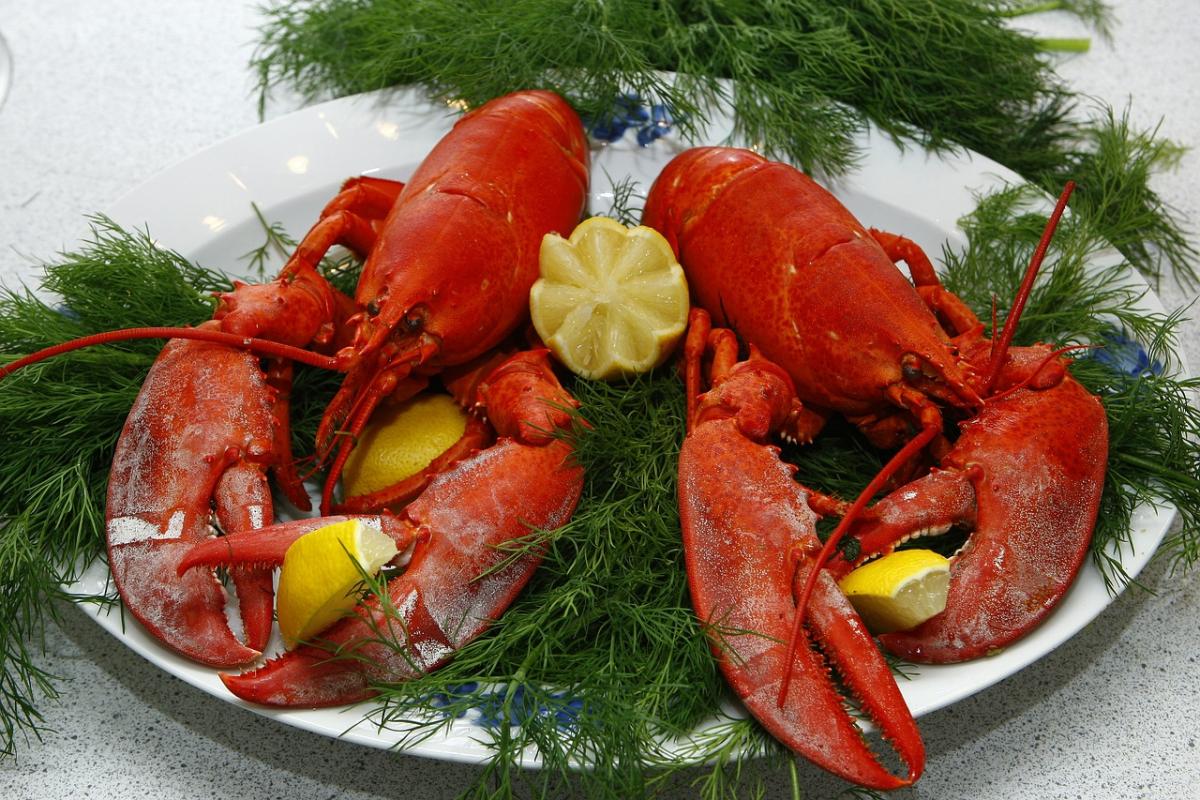When it comes to cooking lobster, selecting the right one is crucial for achieving delicious results. First, you'll want to look for live lobsters if possible, as they are the freshest option. Choose a lobster that is active and lively, as this indicates that it is healthy and just caught. A good general rule is to pick a lobster that feels heavy for its size, as this often means there is plenty of meat inside.
Next, pay attention to the lobster's shell. The shell should be hard and firm. A soft shell could indicate that the lobster has recently molted, which usually means less meat and a different texture than what you're looking for. In addition, check the color of the lobster. While many people think they should choose based solely on color, remember that lobsters will turn bright red when cooked, so focus more on other qualities.
Also, consider the size of the lobster. Generally, a lobster weighing between 1.5 to 2.5 pounds is ideal for cooking. This size strikes a balance, providing a good amount of meat without being too tough or chewy. If you're cooking for a group, you might want to opt for a couple of smaller lobsters rather than one large one, as it allows more people to enjoy the delectable taste of lobster.
Finally, check the claws and antennae. The claws should feel solid and intact, while the antennae should be long and not broken. Broken antennae can indicate stress and poor living conditions, which might affect the quality of the lobster. By keeping all these tips in mind, you’ll be well on your way to selecting the best lobster for cooking.
Preparing Lobster for Cooking Success
Once you have your lobster, it's essential to handle it properly. Before cooking, it's best to prepare it by giving it a quick rinse with cold water to remove any sand or debris. If you're feeling adventurous, you might consider humanely dispatching the lobster by placing it in the freezer for about 15-20 minutes. This method puts it into a dormant state, making the cooking process more humane and ensuring the lobster stays tender.
Next, you will need to decide how to cook your lobster—boiling, steaming, or even grilling are all popular methods. If boiling, fill a large pot with water and add a generous amount of sea salt. Once the water is reaching a rolling boil, you can add the lobster. Remember, cooking time varies based on the size of the lobster, so you'll want to ensure you have a timer handy to avoid overcooking.
For those who prefer steaming, set your lobster in a rack above boiling water, cover it, and let it steam for the recommended time according to its size. This method helps to retain more flavors. Whichever cooking method you choose, be sure to garnish your lobster with melted butter, lemon, or your favorite sauces for an added touch of luxury.
Cooking Lobster to Perfect Tenderness
First, start by selecting the freshest lobsters possible. Look for lobsters that are lively and active, as this is a sign of freshness. When preparing to cook lobsters, you have a few options: boiling, steaming, or grilling. Boiling is the most common method, but steaming is often preferred for its ability to retain more flavor and tenderness.
If you choose to boil, bring a large pot of heavily salted water to a rolling boil. Once the water is ready, carefully add the lobsters headfirst. Cover the pot and keep the water boiling. A general rule of thumb is to cook them for about 7-10 minutes for the first pound and an additional 3 minutes for each extra pound. When done, the lobster shell should turn bright red, and the meat should be opaque and springy to the touch.
Serving and Enjoying Your Lobster Meal
Once your lobster is cooked to perfection, it’s time to serve and enjoy this delicious seafood delight! Begin by placing the cooked lobsters on a large platter. If you want to impress your guests, you can garnish the platter with lemon wedges and fresh parsley. The vibrant colors of the garnishes not only enhance the presentation but also add a fresh zing to the meal.
To enjoy the lobster, you’ll need a few essential tools: lobster crackers and seafood forks. These handy tools make it easier to crack open the tough shell and extract the sweet, tender meat inside. For a more casual presentation, consider setting up a lobster boil on the table, where each guest can dig in and enjoy cracking their own lobster. This creates a fun and interactive dining experience!
When it comes to sides, classic accompaniments like drawn butter and a squeeze of lemon elevate the flavors of the lobster. You might also serve some crusty bread to soak up any leftover butter or broth. Pair your meal with a chilled white wine or a light beer to complement the richness of the lobster. The combination of flavors will surely delight your palate.
As you dive into your lobster, savor the experience! Enjoy the process of breaking apart the shell and taking your time to appreciate each bite. Lobster is often a special treat, perfect for gatherings and celebrations. So, relax, enjoy the company of your loved ones, and make the most out of this luxurious seafood dish.

